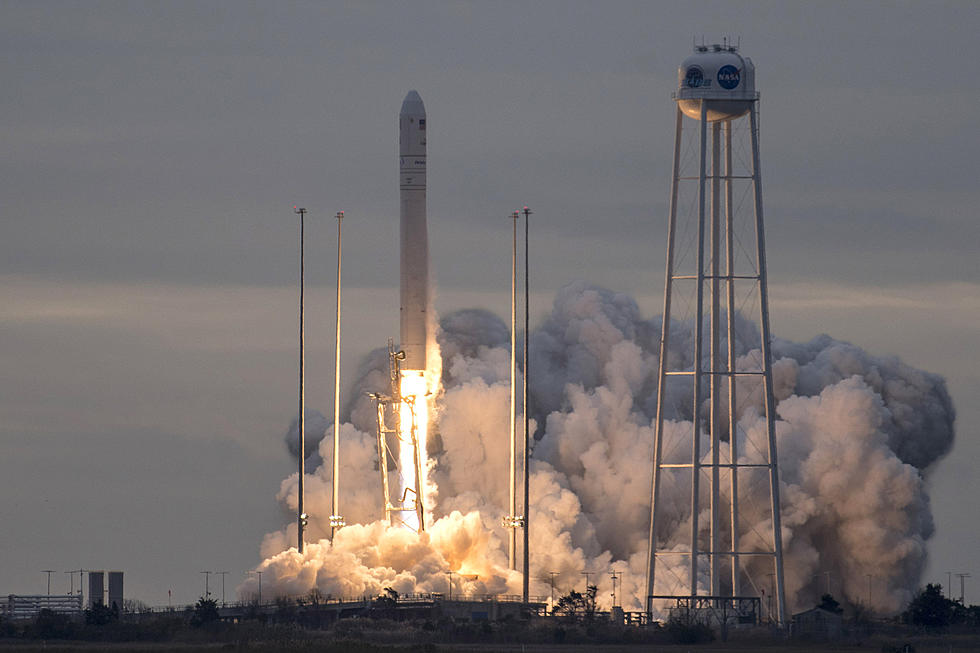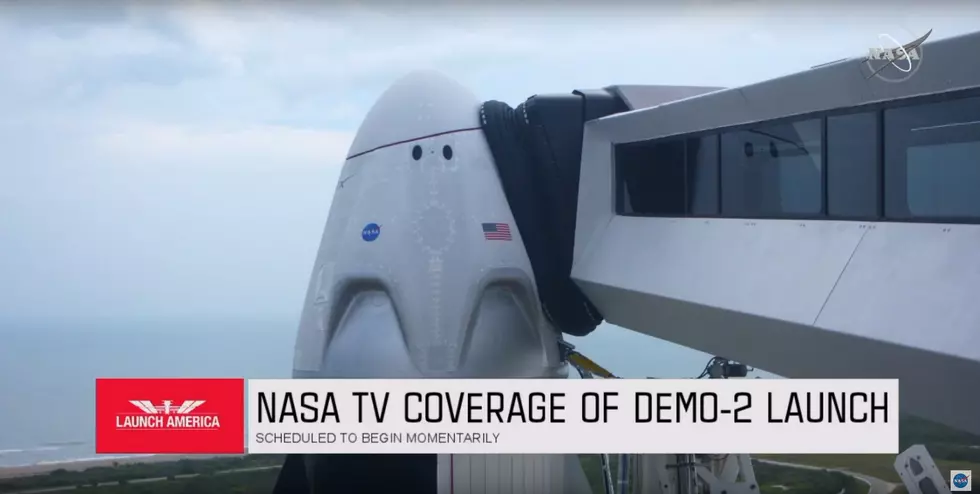
The Webb = The Hubble X7
It's an interstellar time machine. And it's coming soon to an orbit near you.
I read a lot of Physics books covering both the macro and micro worlds. Many people don't realize one of the biggest challenges of modern physics is finding a way to make nature's laws of the very large and the very small jive. Meaning the laws of physics at this point are different at the atomic level versus the planetary level. If you've got some real science education you're probably cringing at that explanation but it is pretty close to the point without all the annoying math.
One important tool in answering these questions is observing light striking earth through the various land based and orbiting telescopes we have at our disposal. The most famous obviously would be The Hubble Space Telescope.
Since light travels through space just like anything travels in space and because it takes time to do it(even if it moves in excess of 186,000 miles per second it does still take time to reach earth and be observed because space is REALLY HUGE), telescopes are virtual time machines. How far back in time can we see? It all depends on the telescope.
The Hubble has allowed us to see further back than ever thought possible. For well over a decade we've all seen time and again amazing pictures from space courtesy of what has sometimes been a temperamental instrument.
NASA is currently building the next generation space based telescope and it's called The James Webb Space Telescope. With 18 hexagonal reflectors it promises to deliver SEVEN TIMES the magnifying power of The Hubble. It is expected to launch in 2014.
I found this slide show on the Discover Magazines web site where NASA has released some photos to allow a sneak peak at what The Webb will look like. Take a good look now because once this baby takes orbit you'll be too busy looking at the pictures it takes to worry about what the telescope looks like!
More From NewsTalk 940 AM









